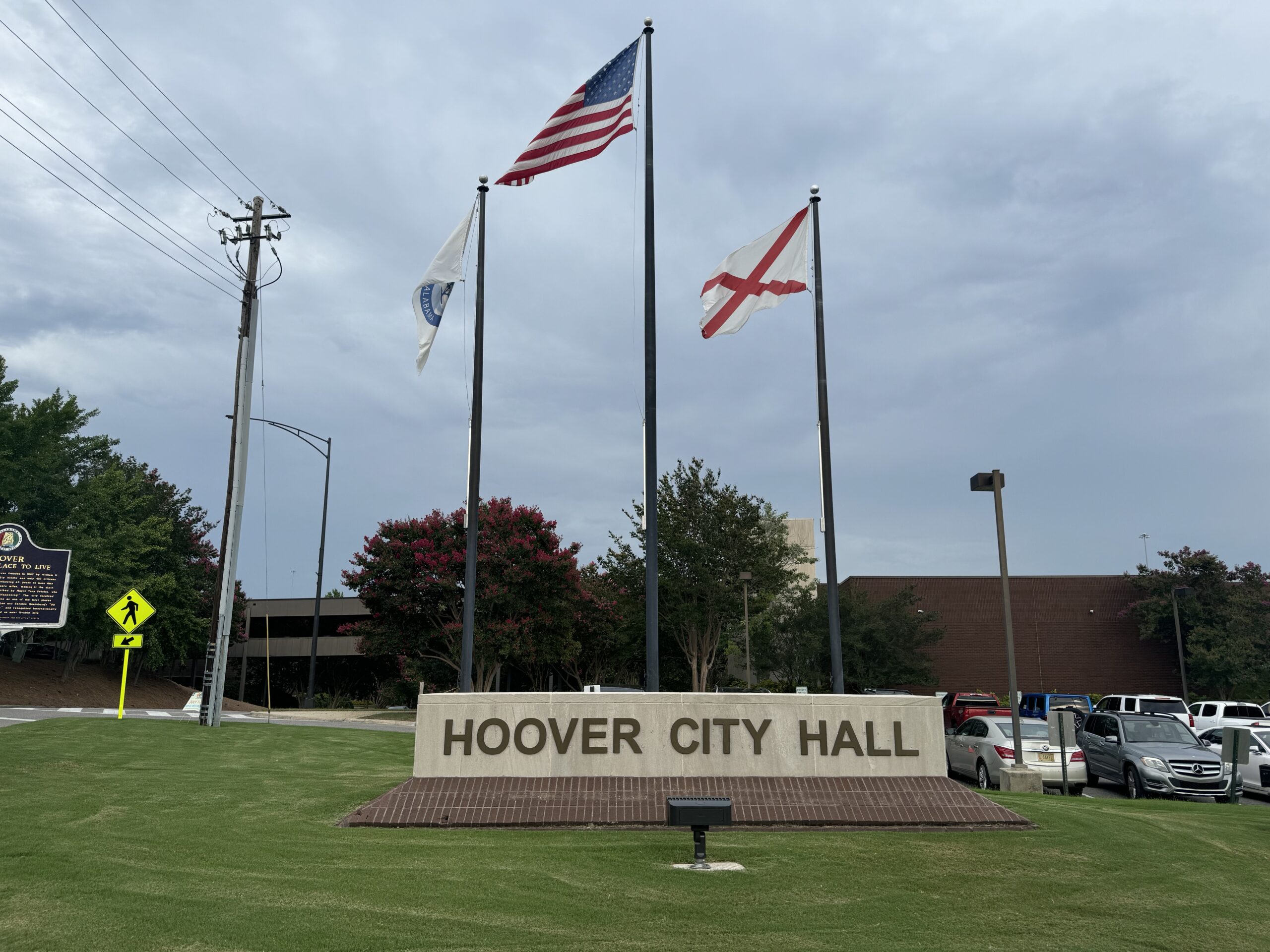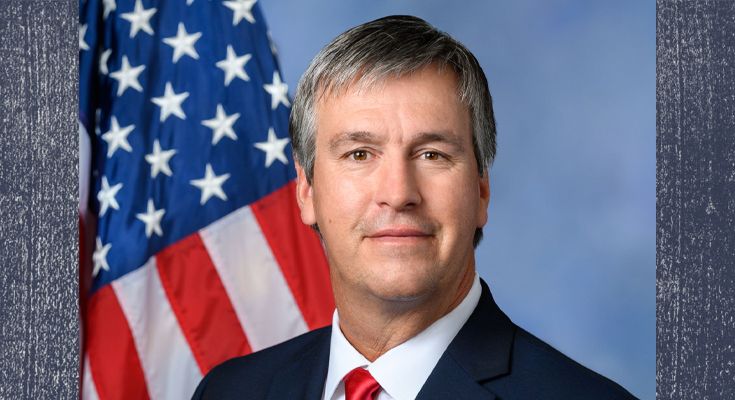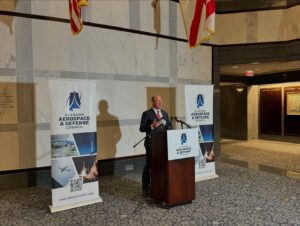Jemma Stephenson, Alabama Reflector
Enrollment in Alabama’s public institutions of higher education is recovering after a sharp decline during the COVID-19 outbreak but hasn’t returned to pre-pandemic levels, according to data released last week by the Alabama Commission on Higher Education.
According to the preliminary numbers compiled by ACHE, two-year college enrollment in Alabama went from 45,967 in the fall of 2022 to 48,502 in the fall of 2023, a roughly 5.5% increase. At four-year colleges and universities, enrollment grew from 145,040 to 147,604, a roughly 1.8% increase.
But outside some of the state’s flagship universities, the numbers are still down from their levels before the COVID outbreak. Overall enrollment in higher education in Alabama fell from 198,523 in the fall of 2019 to 196,106 this fall, a 1.2% decrease.
In two-year colleges, enrollment fell from 50,474 in 2019 to 48,502 in 2023, a 3.9% decrease. At four-year colleges and universities, enrollment fell from 148,049 in 2019 to 147,604 in 2023, a 0.3% decrease.
According to a report from the National Student Clearinghouse Research Center, undergraduate enrollment grew for the first time nationally since the beginning of the pandemic. Freshman enrollment declined.
Jim Purcell, executive director of ACHE, cited several reasons for the slow recovery in an interview on Friday. One is an overall decline in high school students in Alabama, a decline Purcell said would last through 2030.
Students historically returned to colleges and universities after economic downturns. Now, people have more options to enter the workforce.
“What’s happened is with the influx of automation and different types of jobs, I think that some people are going into the workplace a lot earlier,” he said.
Looking forward, Purcell said that they are looking towards attracting more adults back to school.
“Yes, we want to have people to have the initial credentials to get a good job,” he said. “But we do believe that the promotion opportunities are really related on their ability to write well, speak well, and present themselves to a large swath of the world very positively and that sometimes the bachelor’s degree can help people get to that skill set.”
Some schools last week challenged ACHE’s numbers, which attempt to reflect full-time student enrollment through a formula known as full-time equivalents (FTE).
The schools cited their own enrollment figures, which include part-time students, saying they showed a more significant recovery from the pandemic. Aaron Thompson, an assistant vice president for advancement and branding for Alabama A&M, wrote in an email that the school had enrolled 6,633 students in the current semester, the highest in school history. ACHE said the school had seen a 16% decline since 2019.
Purcell said that FTE may stay the same even as enrollment grows. FTE is a calculation based on total credit hours applied to an equivalent number of full-time students. Enrollment numbers are the raw number of students enrolled, which could include those taking a single class. Purcell said that full-time students are what helps institutions sustain themselves.
Gains
Six four-year universities – The University of Alabama, Auburn University, University of Alabama-Birmingham, University of North Alabama, Jacksonville State University, and the University of West Alabama – have exceeded their pre-pandemic numbers.
According to ACHE’s FTE numbers, the University of Alabama’s enrollment grew from 32,982 in 2019 to 34,106 this year, a roughly 3.4% increase. Auburn’s enrollment went from 27,617 to 29,422, a roughly 6.5% increase. UAB’s enrollment went from 18,846 in fall of 2019 to 18,942 in the fall of 2023, a roughly 0.51% increase. UNA’s enrollment from 5,999 to 6,932, a roughly 15.6% increase. The University of West Alabama’s student body grew from 3,817 to 4,059, a roughly 6.4% increase. Jacksonville State University went from 7105 to 7711, an 8.5% increase.
Alex House, spokesperson for the University of Alabama, said in an emailed statement that the university has “well-established and strategic recruiting efforts.”
“Students choose The University of Alabama for the unmatched academic programs and competitive scholarships along with a vibrant campus culture,” she wrote.
Purcell said that some smaller institutions, like the University of West Alabama, are focusing on online enrollment.
“There is a question at some point, whether there’ll be a saturation point for that, whether there’ll be every institution will have enough off-campus, online stuff in other states that it will sort of begin to wane, and so that’s why it’s important for the institutions to keep an eye on what’s working, what’s not, what is really a benefit to the state,” he said.
For schools that are increasing student enrollment, Purcell said that he has some concerns about schools enrolling single-course students, which he said doesn’t generate sustainability or efficiency for the institutions.
“We’ve just got to make sure that we’re getting people who are coming to that institution and are going to sustain, retain, and be a part of the institution for several years to to generate enough to make it financially viable,” he said.
Who struggled
According to ACHE’s FTE numbers, the four-year colleges and universities still affected by the pandemic include University of Alabama in Huntsville, whose enrollment fell from 8,217 to 6,991, a roughly 14.92% decrease. Alabama A&M has fallen from 6,692 to 5,614, a roughly 16.1% decrease. Alabama State University went from 4,149 to 3,867. Troy University went from 11,539 to 9,881, a roughly 14.37% decrease. The University of Montevallo went from 2,224 to 2,194, a roughly 1.35% decrease. University of South Alabama went from 12,960 to 12,482, a roughly 3.69% decrease. AUM went from 4,031 to 3,555, a decrease of 11.8%.
Lance Crawford, a spokesman for the University of South Alabama, provided a September news release that said the school had grown in enrollment and retention.
Matt Clover, spokesman for Troy, wrote in an email that net enrollment was only down 1% this year and was up over last year in several years. Clover said that enrollment was up for online students, international students, and new starts.
“Like many institutions, Troy University has faced enrollment challenges in the aftermath of the pandemic, particularly among adult non-traditional students and international students,” he wrote. “University leaders are engaged in an ongoing process of strategic planning to address the challenges of today’s competitive enrollment market. This includes a review of enrollment marketing strategies, program inventory, and support services to ensure we can successfully recruit and retain students.”
Enrollment has also recovered at eight of the 24 two-year colleges in the state. The largest increase was at Ingram State Technical College, which went from 422 students to 685 students, or 59.5%.
Among two-year colleges, the biggest nominal loss was at Wallace Community College Dothan, which lost 387 students (-14.3%) between 2019 and 2023. The biggest percentage loss was at Marion Military Institute, which lost 108 students (-23.84%).
ACHE released 10-year data for 27 community colleges in merged and unmerged form. There are currently 24 community colleges in the state.
FTE equates to undergraduate hours divided by 15, master’s level hours divided by 12, and doctoral level hours divided by 9. Each first professional student is an FTE. Fall 2023 data is preliminary.
Data from the Alabama Statewide Student Database, provided by ACHE, also shows that the number of two-year college graduates enrolling at four-year institutions has exceeded prepandemic levels. In 2019, 6,285 new or first-time students entered a four-year college or university after completing courses at a two-year institution. In 2022, that number increased to 6,384. Fall 2023 data is not yet available.
This story was updated at 11:12 a.m. to clarify the current number of community colleges in the state.
Alabama Reflector is part of States Newsroom, a network of news bureaus supported by grants and a coalition of donors as a 501c(3) public charity. Alabama Reflector maintains editorial independence. Follow Alabama Reflector on Facebook and Twitter.
Related
Share via:














